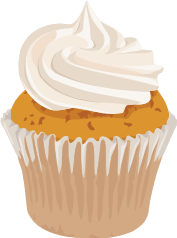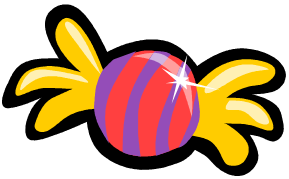Good Morning boys and girls!
Did you prank anyone yesterday? Or did anyone play a joke on you? Comment below and we can make sure there is a smile on everyone’s face this morning 🙂
Watch this video: it explains how we can use colons and semi-colons can join two sentences.
https://www.youtube.com/watch?v=SnQU2v2kMFA
Remember: there are other reasons why we use colons and semi-colons.
Activity:
Meet two new types of punctuation ; and : They can be used to join two sentences but also used for other reasons too. Read these explanations to help you.
Colon:
- Used to introduce a list.
- Or a summary.
- Or an example.
- Or a quotation.
- Introduces a second clause that explains the first.
Semicolon:
- Used to separate two closely linked clauses.
- Shows there is some link between two things it separates.
- Can be used to separate complicated items in a list (where a comma won’t do the job so well).
Exercise A:
Read each of these examples and match them to the explanations above.
- My teacher always says: “The colon is a funny little mark.”
- We have learned the following: salt dissolves in water.
- The water evaporated; I said it would.
- Salt dissolves in water; sugar does too.
- Our saucers contained salt; water and sugar; salt and water; sugar and water and water on its own.
- The water evaporated; it turned into water vapour.
- For this experiment you will need: a glass of water, a teaspoon of salt.
- Some materials dissolve, for example: salt in water, sugar in coffee.
You don’t need to write out the sentences again just set your work out like this:
Sentence 1- colon used for quotation
Sentence 2 –colon used for _______.
*Challenge*
Look at these sentences. Should it have a colon or a semi colon?
Write them out neatly and add in the colon or semicolon:
- Here is what you need _____ an egg, a candle and a piece of string.
- I like playtime _____ Josh does too.
- This story teaches us the lesson _____don’t count your chickens before they hatched.
- Playtime was cancelled ______ we were not pleased!
Plenary:
Read a book, newspaper, magazine or article online. Scan your text for colons and semicolons. Can you explain why they have been used?










